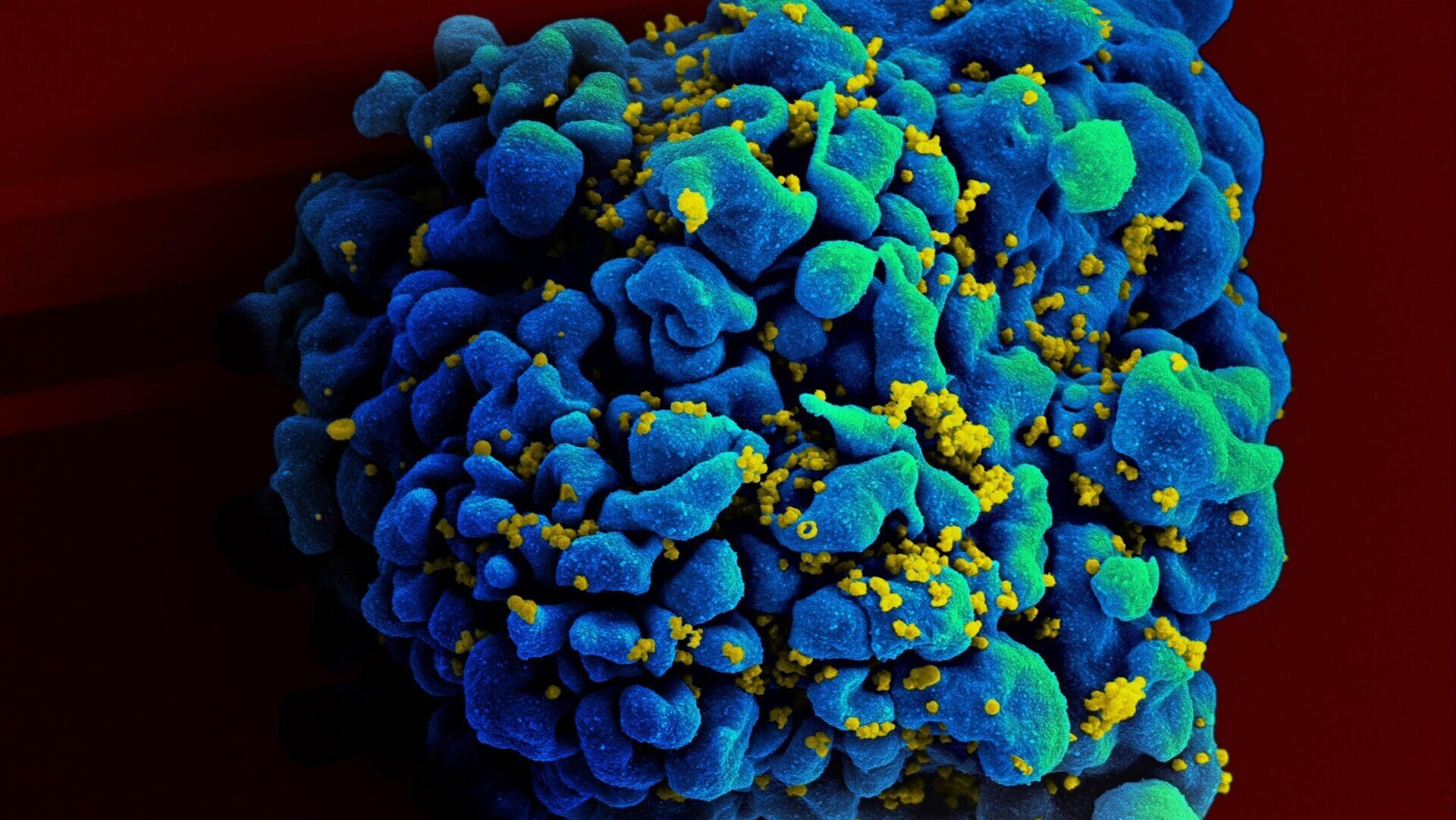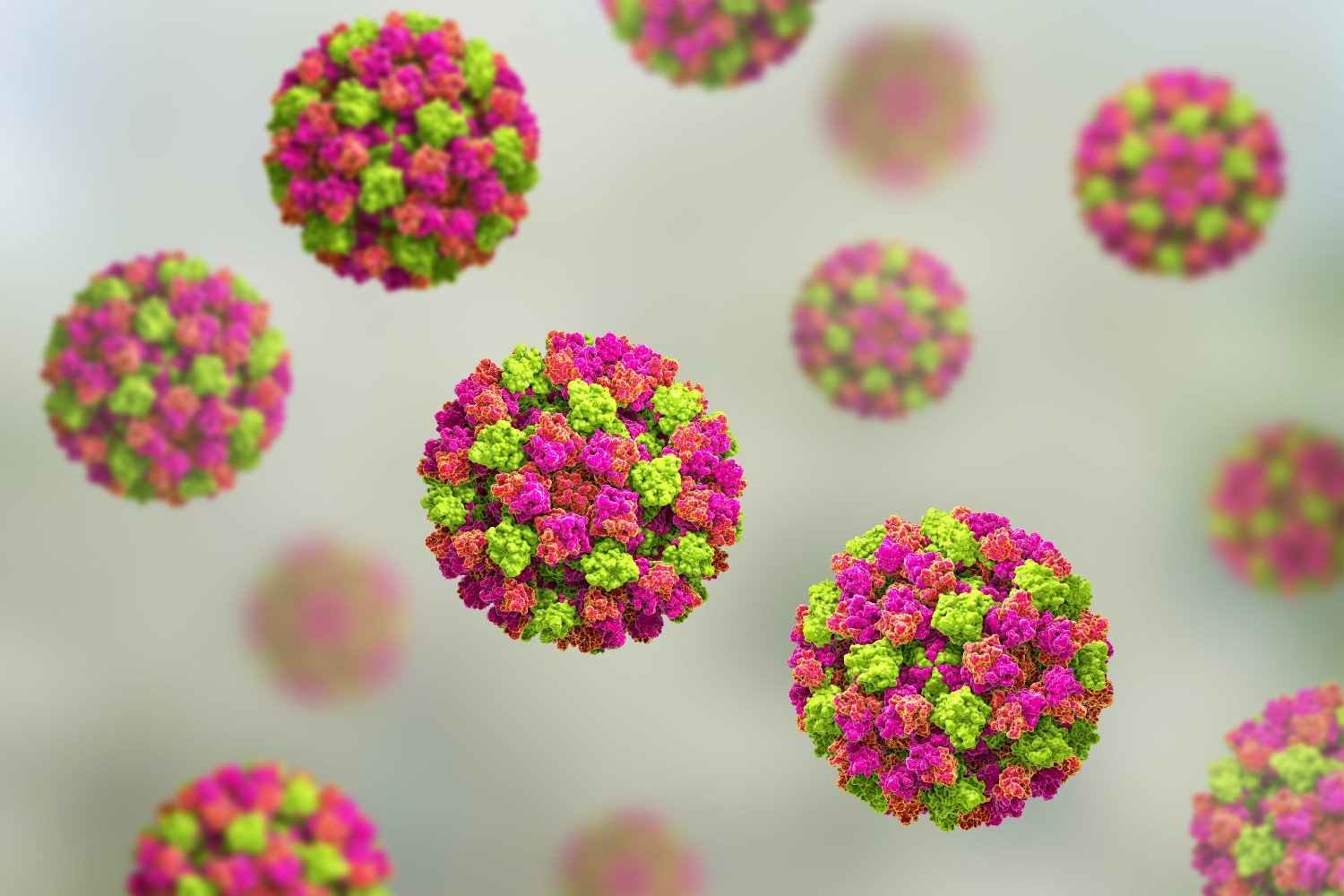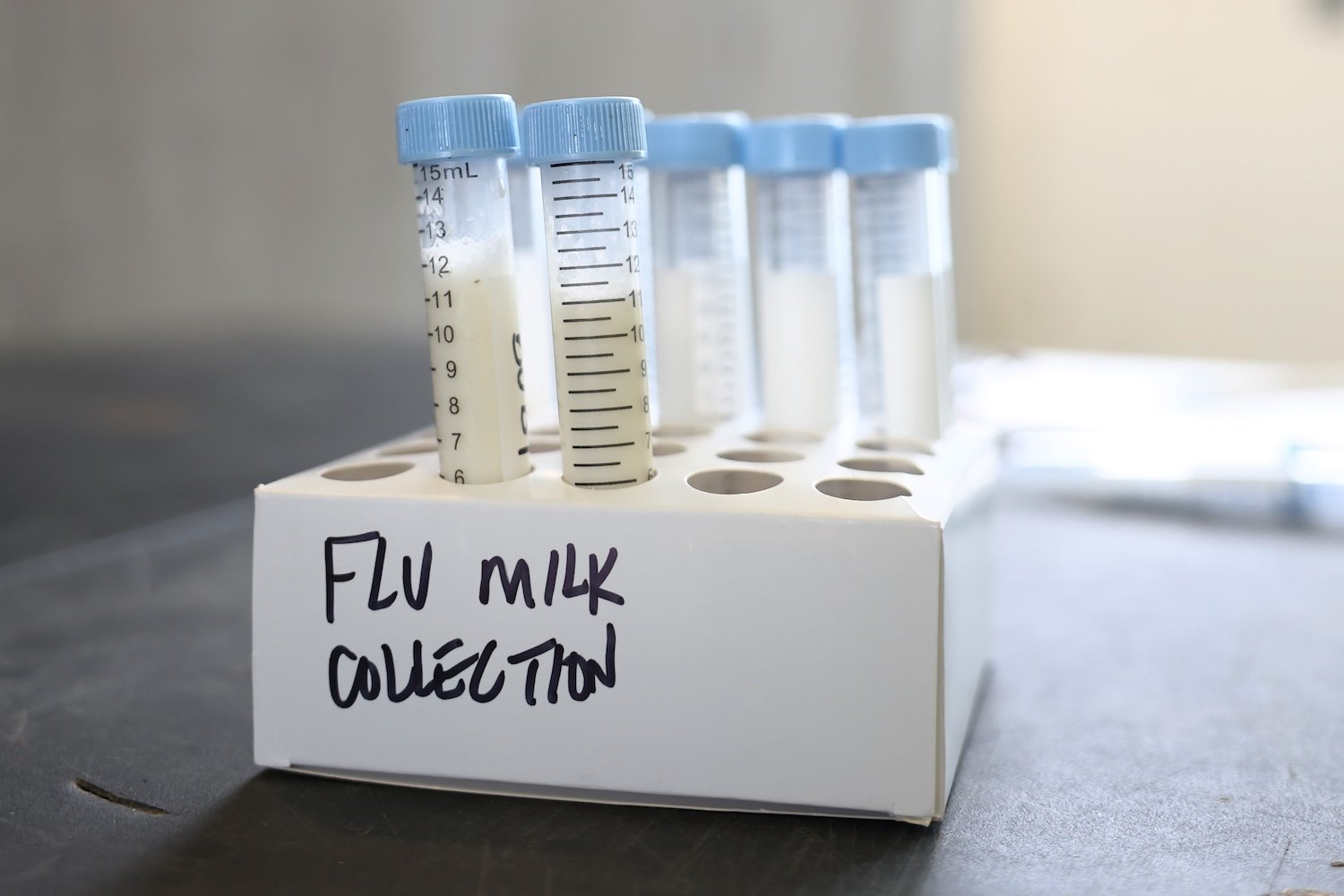The highly contagious respiratory illness pertussis, commonly known as whooping cough, is experiencing a resurgence in the United States, reaching its highest levels in a decade. According to the Centers for Disease Control and Prevention (CDC), over 32,000 cases have been reported as of December 14, 2024, a fivefold increase compared to the approximately 6,500 cases reported in 2023. This alarming rise is attributed to a combination of factors, including declining vaccination rates and the characteristics of the current pertussis vaccine.
Understanding the Resurgence of Whooping Cough
Pertussis, caused by the bacterium Bordetella pertussis, primarily affects the respiratory system. Characterized by severe coughing fits often followed by a “whooping” sound during inhalation, pertussis can range in severity. While generally mild in adults, it poses a significant threat to infants, young children, and individuals with compromised immune systems.
The development of the pertussis vaccine in the early 20th century marked a turning point in combating the disease. Widespread use of the combined diphtheria, tetanus, and pertussis (DTaP) vaccine began in the late 1940s, dramatically reducing pertussis cases from hundreds of thousands annually to tens of thousands. The COVID-19 pandemic further contributed to a temporary decline in pertussis cases due to social distancing measures. However, as social interactions returned to pre-pandemic levels, pertussis cases have rebounded, albeit to an unexpectedly high degree.
Factors Contributing to the Increase
While the return to pre-pandemic normalcy likely plays a role, the 2024 surge surpasses even pre-pandemic levels, reaching numbers not seen since 2014. This raises concerns about additional contributing factors. Declining vaccination rates, particularly in some states, are a key concern. Lower vaccination coverage creates an environment where pertussis can spread more easily, leading to larger outbreaks.
The transition to acellular pertussis vaccines, while offering improved safety compared to older whole-cell versions, has also influenced the resurgence. Acellular vaccines, while effective, appear to provide shorter-term immunity, leaving individuals susceptible to infection sooner after vaccination. This shorter duration of protection contributes to increased vulnerability and the potential for larger outbreaks.
The Importance of Vaccination and Global Impact
Despite the challenges, vaccination remains the most effective defense against pertussis. The CDC recommends a series of DTaP shots for children under two, a Tdap booster for adolescents, and another Tdap booster every ten years for adults. Current vaccination rates show around 80% coverage for young children, 90% for teens, and only 43% for adults – highlighting the need for improved adult vaccination adherence.
Globally, the impact of pertussis is even more pronounced, particularly in regions with limited access to vaccines. Millions of cases and thousands of deaths occur annually, underscoring the critical need for continued vaccination efforts worldwide.
Conclusion: Protecting Yourself and Your Community
The recent surge in pertussis cases emphasizes the importance of maintaining high vaccination rates and staying informed about the disease. Ensuring you and your family are up-to-date with recommended vaccinations is crucial for protecting individual health and contributing to community immunity. Consult your healthcare provider to confirm your vaccination status and schedule any necessary boosters. By prioritizing vaccination, we can collectively mitigate the spread of pertussis and safeguard vulnerable populations from this potentially serious illness.











